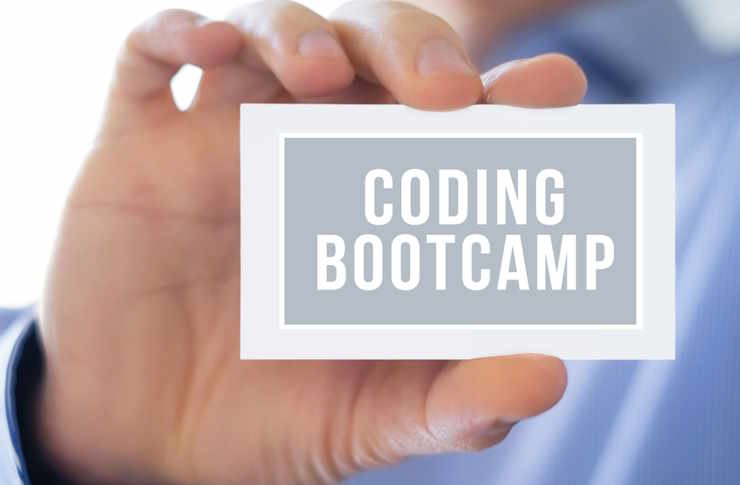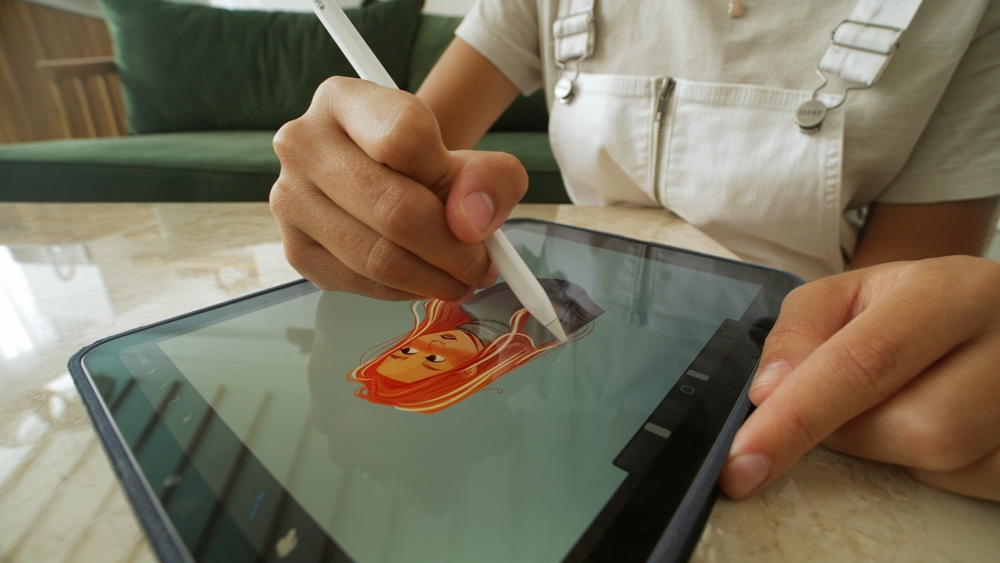Learn How Creative Apps Are Designed
Have you ever wondered how popular character design and dress-up apps are created? Behind every fun and colorful experience lies a fascinating process of digital design, animation, and user interaction. This article explores the fundamentals of app design — from character personalization features to artistic tools that help developers make engaging creative platforms. You’ll also find insights and resources for learning more about digital illustration, UI/UX, and game art principles. Whether you’re an aspiring designer, artist, or simply curious about how creative apps work, this is a great place to start understanding the process behind them. Discover how imagination and technology come together to create the apps we love to use.

Understanding the Creative App Design Process
Creative app design begins with comprehensive research and conceptualization. Designers analyze target audiences, market trends, and user behaviors to establish a foundation for their projects. This initial phase involves creating user personas, mapping user journeys, and defining core functionalities that will drive engagement. The process requires balancing creative expression with practical constraints such as platform requirements, technical limitations, and business objectives.
Generative AI in Modern App Development
Generative AI has revolutionized how designers approach creative applications. These tools enable rapid prototyping, automated content generation, and personalized user experiences. Designers leverage AI algorithms to create dynamic visual elements, generate color palettes, and even produce initial interface layouts. Machine learning models can analyze user preferences to suggest design modifications, making apps more responsive to individual needs. This technology particularly benefits applications focused on creative expression, gaming, and personalized content delivery.
Character Animator Tools and Techniques
Character animator functionality has become increasingly sophisticated in creative apps. Modern applications incorporate real-time motion capture, facial recognition, and gesture-based controls to bring digital characters to life. Designers implement skeletal animation systems, blend shape technologies, and physics-based simulations to create believable character movements. These features require careful optimization to maintain smooth performance across different devices while preserving the creative integrity of animated content.
Graphic Design and Animation Courses Online
Online education platforms have transformed how aspiring designers learn app development skills. Comprehensive courses cover fundamental design principles, software proficiency, and industry best practices. Students explore topics ranging from user interface design to advanced animation techniques through interactive lessons and practical projects. These programs often include mentorship opportunities, peer collaboration, and portfolio development guidance. The flexibility of online learning allows designers to specialize in specific areas while maintaining full-time employment or other commitments.
Online Digital Design Programs Structure
Online digital design programs typically follow structured curricula that progress from basic concepts to advanced applications. Foundational courses cover design theory, color psychology, typography, and composition principles. Intermediate modules focus on software mastery, including industry-standard tools for vector graphics, raster editing, and animation. Advanced coursework addresses specialized topics such as user experience research, accessibility standards, and cross-platform development considerations. Many programs incorporate real-world projects and client simulations to provide practical experience.
| Program Type | Provider | Duration | Key Features |
|---|---|---|---|
| Certificate Program | Adobe Creative Cloud | 3-6 months | Industry software access, expert instruction |
| Bachelor’s Degree | SCAD Online | 4 years | Comprehensive curriculum, portfolio development |
| Bootcamp | General Assembly | 12-24 weeks | Intensive training, job placement assistance |
| Specialization | Coursera | 6-8 months | University partnerships, flexible scheduling |
| Professional Course | Udemy | Self-paced | Affordable options, lifetime access |
App Designers Career Development
App designers must continuously evolve their skills to remain competitive in the rapidly changing technology landscape. Professional development involves staying current with design trends, learning new software tools, and understanding emerging platforms. Successful designers often specialize in specific niches such as mobile gaming, productivity applications, or social media platforms. Building a strong portfolio showcasing diverse projects and demonstrating problem-solving abilities becomes crucial for career advancement. Networking within design communities and participating in industry conferences provide valuable opportunities for professional growth.
Technical Implementation and User Experience
Effective creative app design requires seamless integration between visual elements and technical functionality. Designers collaborate closely with developers to ensure design concepts translate properly into working applications. This process involves creating detailed specifications, interactive prototypes, and comprehensive style guides. User experience testing plays a vital role in refining designs, with designers conducting usability studies and analyzing user feedback to optimize interface elements. Performance considerations such as loading times, battery usage, and memory efficiency must be balanced against visual complexity and feature richness.
The creative app design industry continues evolving as new technologies emerge and user expectations increase. Successful designers combine artistic vision with technical understanding, creating applications that not only look appealing but also provide meaningful value to users. Whether pursuing formal education or self-directed learning, aspiring designers benefit from hands-on practice, continuous skill development, and staying informed about industry trends and best practices.



